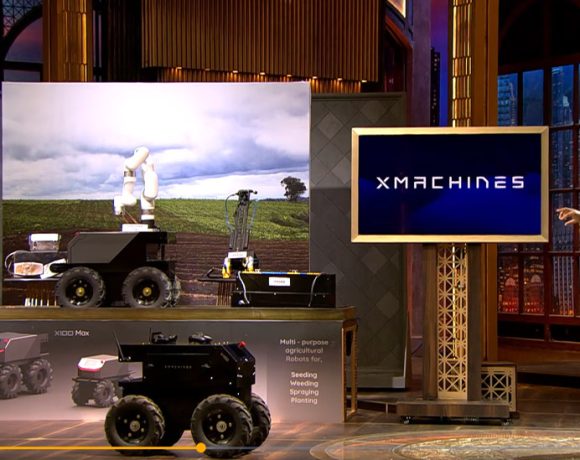Advanced HPE Spaceborne Computer-2 heads to ISS

New configuration has over 130TB of flash-based storage
Hewlett Packard Enterprise (HPE) has successfully launched the third iteration of the HPE Spaceborne Computer-2 to the International Space Station (ISS).
Under NASA’s contract, the launch was executed through a Northrop Grumman Commercial Resupply Services mission aboard a SpaceX Falcon 9 rocket on January 30, 2024, from Space Launch Complex 40 at Cape Canaveral Space Force Station in Florida.
The HPE Spaceborne Computer-2 is set to extend the achievements of its predecessors by expanding the capabilities of data centre-level processing and high-performance computing (HPC) in space, encompassing artificial intelligence (AI) and machine learning (ML) workloads.
Based on HPE Edgeline and ProLiant servers, this latest configuration boasts a substantial upgrade with over 130TB of flash-based storage from KIOXIA.
This is a record-setting amount for a single mission to the ISS and comprises four KIOXIA 960GB RM Series Value SAS, eight 1,024GB XG Series NVMe, and four 30.72TB PM6 Enterprise SAS SSDs. The augmented storage capacity opens the door for running new applications and conducting research with more extensive datasets within the ISS National Laboratory.
Updated OS
Beyond storage enhancements, the HPE Spaceborne Computer-2 features an updated operating system, NASA space flight support software, and heightened system security measures. These technologies will be continuously monitored on the orbiting space station to evaluate their performance in the challenging space environment.
Once the installation is complete, researchers will utilise the HPE Spaceborne Computer-2 to accelerate innovation and streamline operations.
Traditionally, data collected in space was transmitted to Earth for processing. However, with an onboard supercomputer, data evaluation can now occur in low Earth orbit, allowing for a remarkable 30,000 times reduction in download size. Only the data output, or insights, are transmitted to Earth, drastically reducing download times.
One of the groundbreaking experiments slated for HPE Spaceborne Computer-2 involves a federated learning (FL) initiative. This experiment will independently train ML models and inference engines initially created in the cloud. The collaboration with cloud service providers aims to contribute to ML training models on Earth and maintain an up-to-date AI inference engine in space.
The ISS orbits the Earth at an average altitude of approximately 420km. This state-of-the-art space laboratory is a microgravity and space environment research outpost where scientific investigations spanning various disciplines, from biology to physics, are conducted.
Comprising interconnected modules, the ISS is a living and working space for astronauts and cosmonauts. It plays a crucial role in advancing our understanding of space and fostering technological innovations that benefit life on Earth.
Featured image: Researchers will utilise the HPE Spaceborne Computer-2 to accelerate innovation and streamline operations. Image: Hewlett Packard Enterprise













